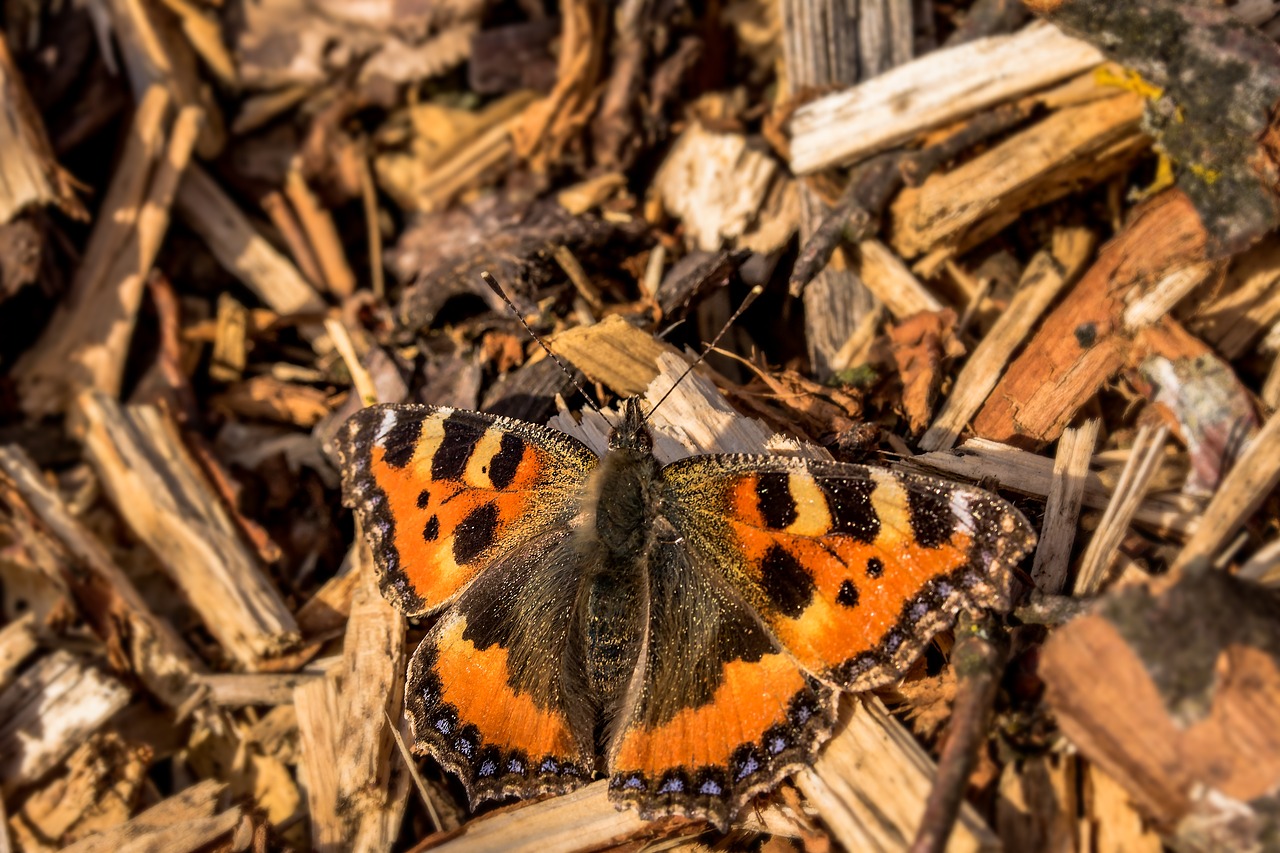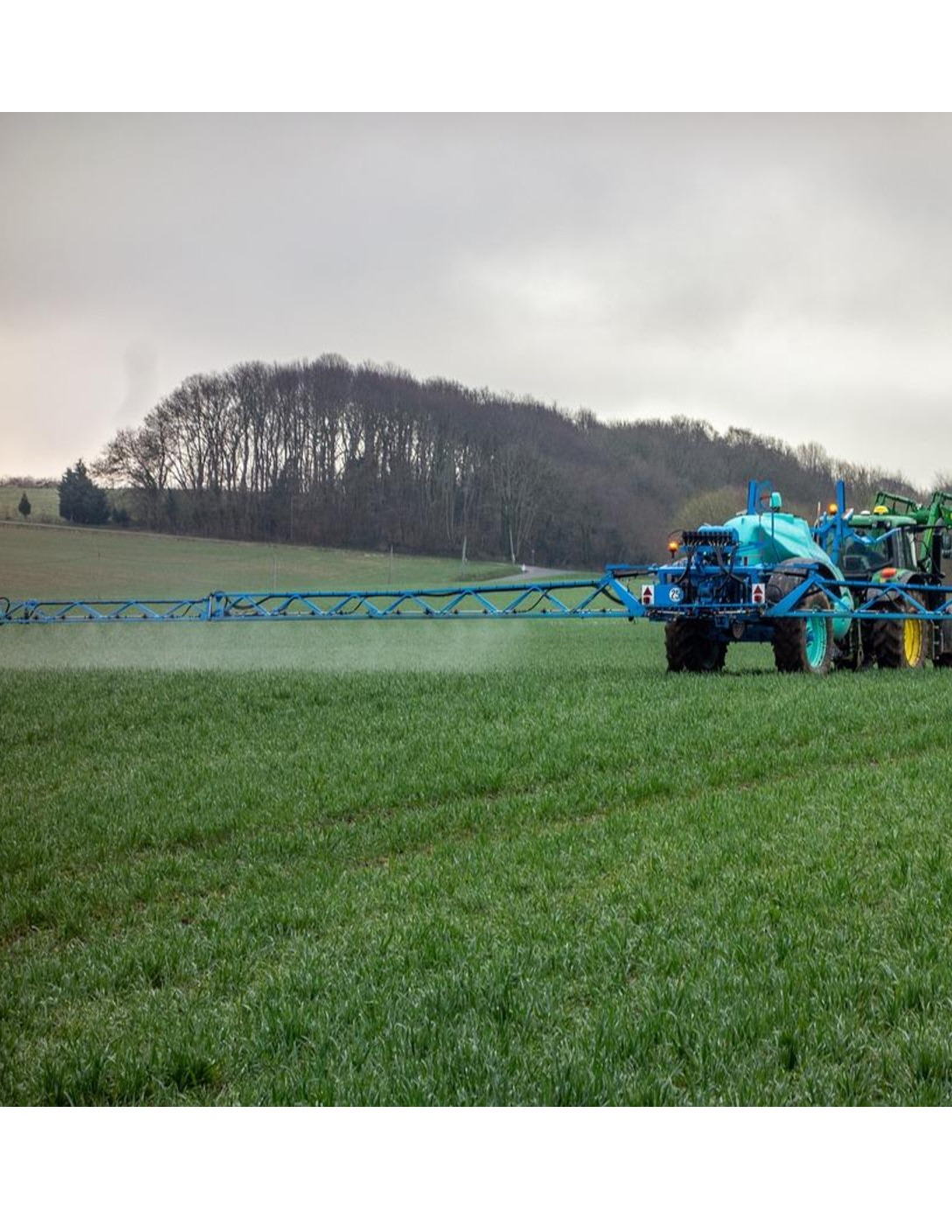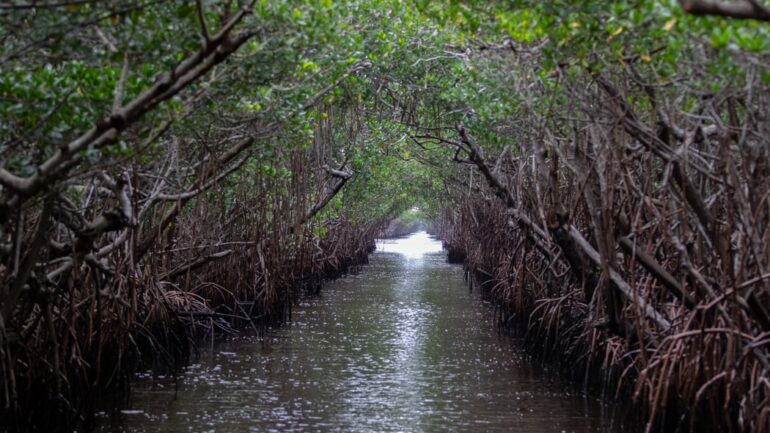By Mariah Davidson, Research Project Leader of Save the Water™ | September 13, 2016
Large amounts of water are used to produce crops in the United States. Farms are designed with drainage tiles to remove the excess water from the fields and keep crops from becoming waterlogged. However, when water is drained from the fields, it takes pollutants along with it. One pollutant called nitrate, which is a form of nitrogen, is present in alarmingly high amounts and can wreak havoc on local streams, rivers, and lakes.1
The effects of nitrate contamination
Nitrate is generally harmless. However, above certain levels, it can cause algae to grow faster than ecosystems—it over-fertilizes water bodies downstream like streams, rivers, and even oceans. When the algae die, bacteria consume the algae using oxygen, reducing oxygen available to other lifeforms in the water. This creates dead zones, or hypoxic zones, where nothing can live. A study by the Virginia Institute of Marine Sciences, suggests the area of oceanic dead zones increased by one-third between 1995 and 2007.2 These dead zones can span thousands of miles. One example is in the Gulf of Mexico, which covers approximately 5,500 square miles—about the size of Connecticut. This massive hypoxic zone is fed by farm drainage water from the Midwest through the Mississippi River.3
Nitrate removal with wood chips and bacteria
To reduce nitrate contamination of water bodies, scientists are researching ways to remove nitrate from the drainage water. A wood chip bioreactor has proven to be an effective and affordable way to remove nitrate. Wood chips work in conjunction with carbon-eating bacteria to remove the pollutant. These wood chip bioreactors can eliminate 15 to 90 percent of nitrate in drainage water.3
Denitrifying bioreactors work by supplying fuel or carbon to the bacteria, which turns the nitrate into nitrogen. It’s a simple process. Trenches are dug close to the farm drainage system, filled with wood chips, and buried. Water from the drainage system is pushed through the wood chip-filled trenches before moving to bodies of water further downstream. The key to the bioreactor is the bacteria, called denitrifiers. The wood chips are colonized by native bacteria from the farm’s soil.
The denitrifying bacteria eat the carbon from the wood chips and inhale the nitrate, removing it from the water. These bacteria also consume oxygen. However, the constant flow of water through the bioreactor ensures the bacteria breathe in nitrate by maintaining anaerobic conditions.2 The bacteria exhale harmless nitrogen gas, which makes up roughly 80 percent of the atmosphere.
Wood chips are not the only material used in denitrifying bioreactors. Corn cobs work remarkably well. In fact, they remove far more nitrate than wood chips; however, they need to be replaced more frequently. Farm products such as corn cobs or barley can be used as a precursor, allowing nitrate-polluted water to pass through the residue before passing through the wood chips to further improve nitrate remova;.4
Important factors that affect nitrate removal in bioreactors include water temperature and the length of time that the water stays inside the bioreactor. Bioreactors perform best with warm water in summer. However, more drainage occurs in the spring when it’s cooler.
Wood chip bioreactors can also be used to filter aquaculture wastewater. A recent study suggests that wood chip bioreactors have some of the highest rates of nitrate removal from fish farms.5 Another study, has shown that these bioreactors are also effective at removing nitrate from municipal water waste.6
There are many benefits to using to this technology, the biggest being the prevention of algal blooms downstream.
References
- L. Christianson. October 2011. “Woodchip Bioreactors for Nitrate in Agricultural Drainage.” Iowa State University. http://lib.dr.iastate.edu/cgi/viewcontent.cgi?article=1083&context=extension_ag_pub
- J. Manuel. November 2014. “Nutrient Pollution: A Persistent Threat to Waterways.” Environmental Health Perspectives. http://ehp.niehs.nih.gov/122-a304/
- L. Christianson. July 6, 2016. “Reducing water pollution with microbes and wood chips.” The Conversation. https://theconversation.com/reducing-water-pollution-with-microbes-and-wood-chips-58852
- F. Rambags, et al. 2016. “Fecal Bacteria, Bacteriophage, and Nutrient Reductions in a Full-Scale Denitrifying Woodchip Bioreactor.” Access DL. https://dl.sciencesocieties.org/publications/jeq/abstracts/45/3/847
- C. Lepine, et al. 2016. “Optimizing Hydraulic Retention Times in Denitrifying Woodchip Bioreactors Treating Recirculating Aquaculture System Wastewater.” Access DL. https://dl.sciencesocieties.org/publications/jeq/abstracts/45/3/813
- G.W. Feyereisen, et al. 2016. “Performance of Agricultural Residue Media in Laboratory Denitrifying Bioreactors at Low Temperatures.” Access DL. https://dl.sciencesocieties.org/publications/jeq/abstracts/45/3/77





